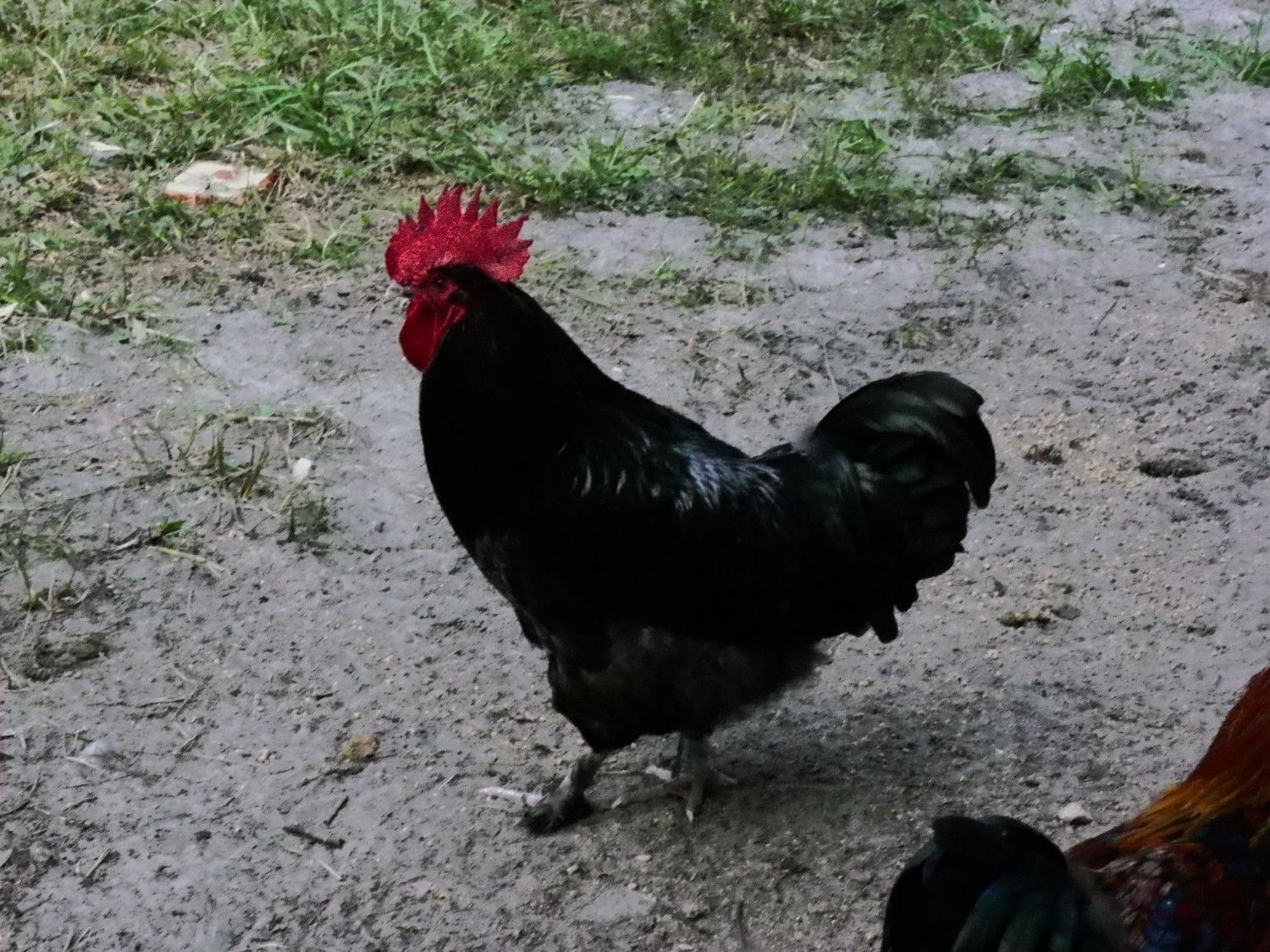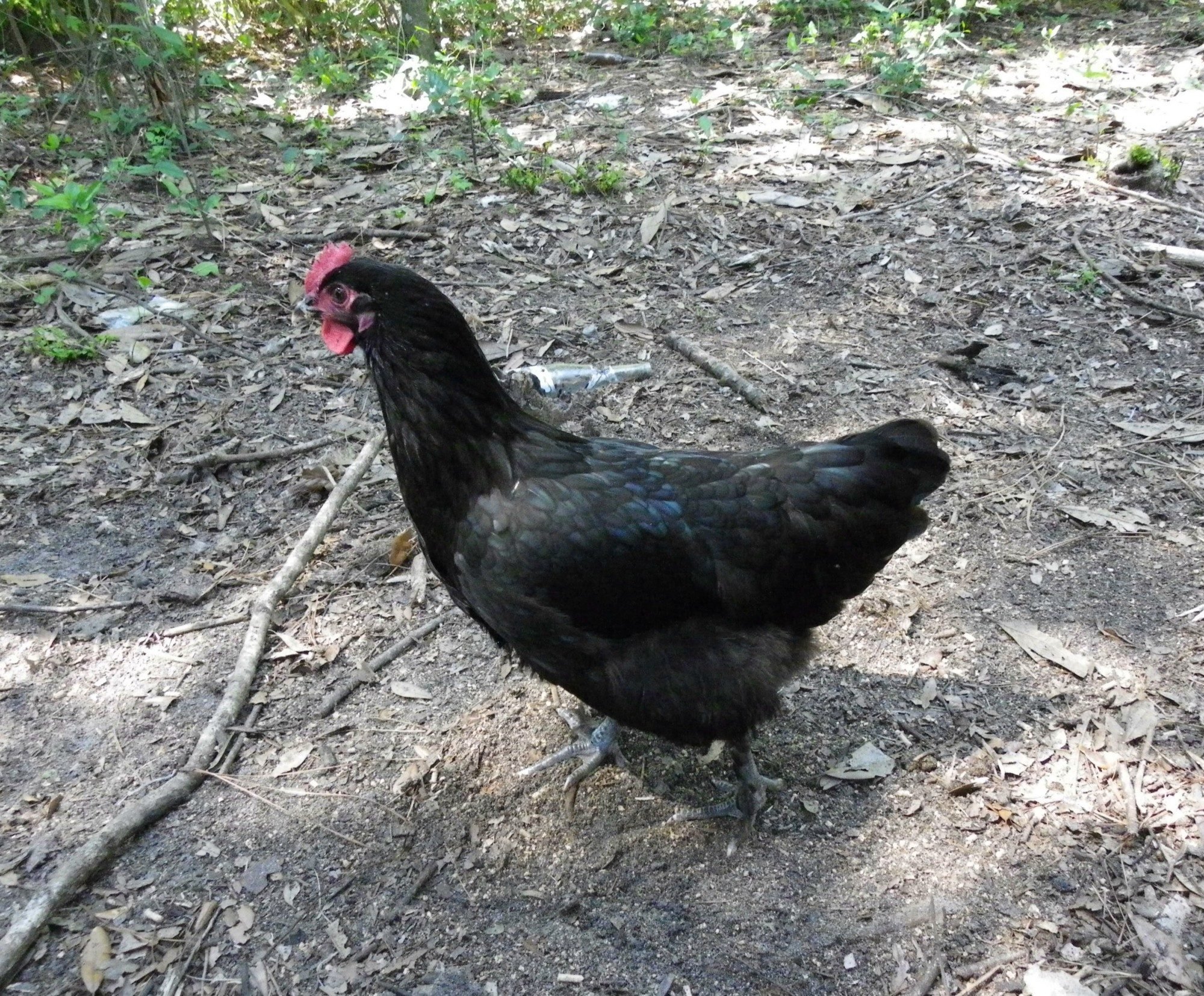I have never had any experience with any of the Marans. In various forums, the BCM appears the most popular? Why Black Copper, over Black? Are there honest-to-goodness pure Black Maran in the US? Sounds like very dark Black Copper Marans might be labelled as "Black Marans" even though genetic testing might show otherwise? Also sounds, like some "Black Marans" may have Black Jersey Giant, or Black Australorp DNA introduced as well? (Sounds like a lot of cheatin' going' on?)
How can I tell the difference, without genetic testing? Foot color..? Eye color should be black, not bay,... in the Blacks? Why do a lot of people prefer the BCM over Black Marans?
Call me very confused at this point. Possibly, a moot point, as I have ordered some Black Marans from Cackle Hatchery. But, it would still be interesting to gain more knowledge.
Thanks.......
How can I tell the difference, without genetic testing? Foot color..? Eye color should be black, not bay,... in the Blacks? Why do a lot of people prefer the BCM over Black Marans?
Call me very confused at this point. Possibly, a moot point, as I have ordered some Black Marans from Cackle Hatchery. But, it would still be interesting to gain more knowledge.
Thanks.......












